Archives
- 2025-12
- 2025-11
- 2025-10
- 2023-07
- 2023-06
- 2023-05
- 2023-04
- 2023-03
- 2023-02
- 2023-01
- 2022-12
- 2022-11
- 2022-10
- 2022-09
- 2022-08
- 2022-07
- 2022-06
- 2022-05
- 2022-04
- 2022-03
- 2022-02
- 2022-01
- 2021-12
- 2021-11
- 2021-10
- 2021-09
- 2021-08
- 2021-07
- 2021-06
- 2021-05
- 2021-04
- 2021-03
- 2021-02
- 2021-01
- 2020-12
- 2020-11
- 2020-10
- 2020-09
- 2020-08
- 2020-07
- 2020-06
- 2020-05
- 2020-04
- 2020-03
- 2020-02
- 2020-01
- 2019-12
- 2019-11
- 2019-10
- 2019-09
- 2019-08
- 2019-07
- 2019-06
- 2019-05
- 2019-04
- 2018-07
-
Most intriguingly however there was no change in basal gluta
2023-05-24
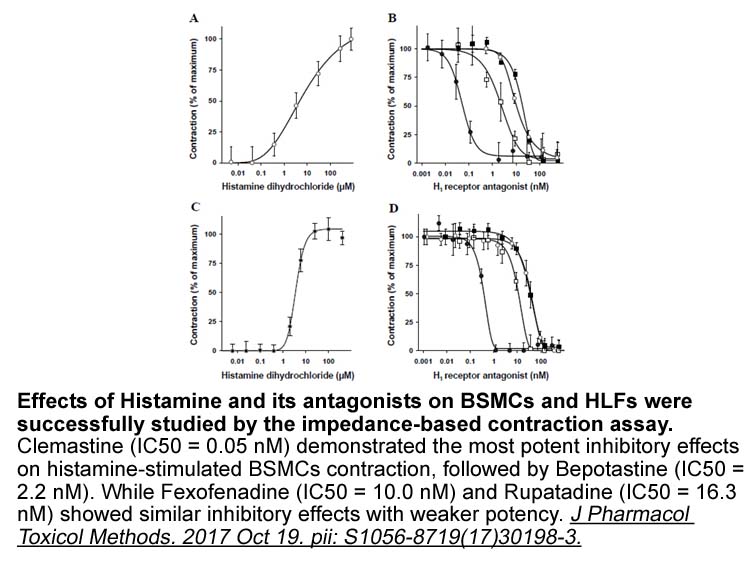
Most intriguingly, however, there was no change in basal glutamatergic neurotransmission despite a loss of about half of the neuronal AMPAR population. Highest levels of ammonia did neither affect the amplitude nor the frequency of AMPAR mediated mEPSCs. As revealed by our recordings from somatic ou
-
br Special report Financial and personal
2023-05-24
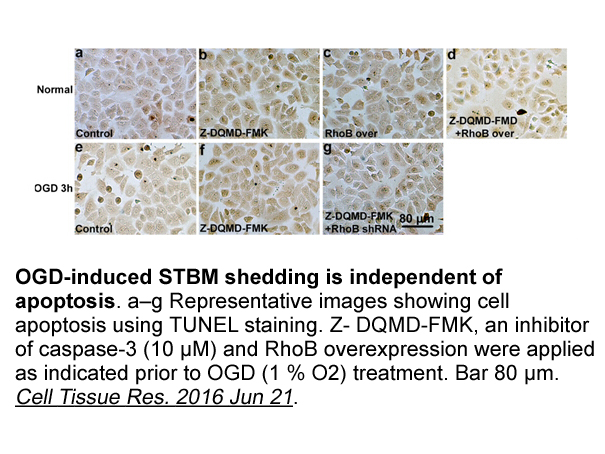
Special report – Financial and personal benefits of early diagnosis Acknowledgments The Alzheimer’s Association acknowledges the contributions of Joseph Gaugler, Ph.D., Bryan James, Ph.D., Tricia Johnson, Ph.D., Allison Marin, Ph.D., and Jennifer Weuve, M.P.H., Sc.D., in the preparation of 201
-
The aldehyde reductase AKR A and aldose
2023-05-24
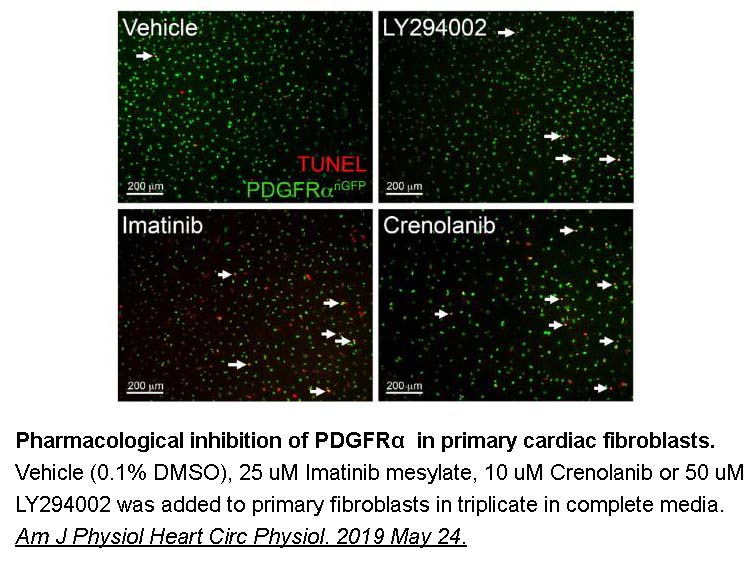
The aldehyde reductase (AKR1A1) and aldose reductase (AKR1B1) belong to aldo-ketoreductase (AKR) superfamily catalyzing the reduction of corresponding aldehydes and ketones involved. Both the closely related enzymes AKR1A1 and AKR1B1 have 65% structural similarity and differ only at the active site.
-
The only psychostimulant treatment option in
2023-05-24
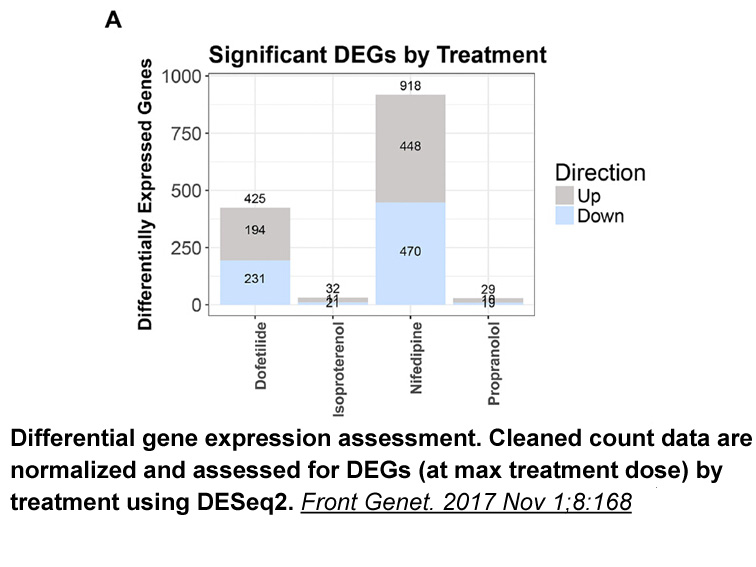
The only psychostimulant treatment option in Turkey is methylphenidate (Çetin et al., 2015). It is broken down by carboxylase enzyme (CES1) (Sun et al., 2004). From the point of pharmacokinetics, it may be suggested that CES1 gene polymorphisms may be the key responsible factors in patients resistan
-
br Conflict of interest br Acknowledgements We would like to
2023-05-24
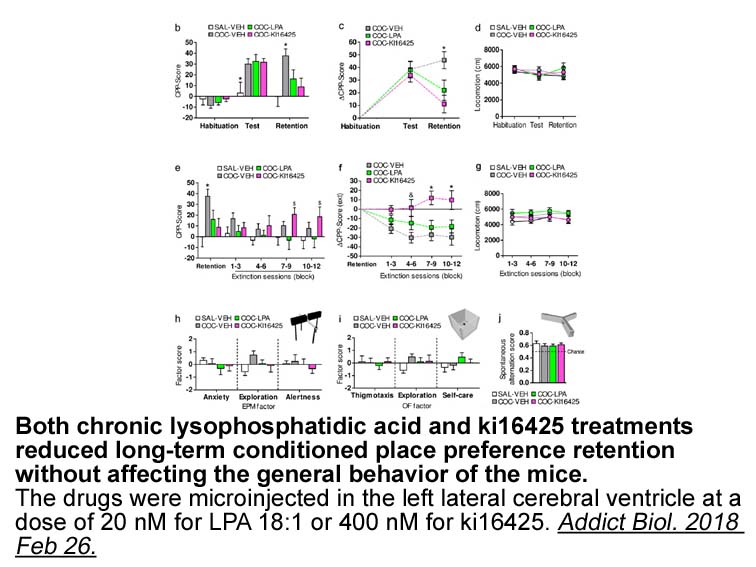
Conflict of interest Acknowledgements We would like to thank Editage (www.editage.jp) for English language editing. This work was supported by Grants-in-Aid for Scientific Research, Japan Society for the Promotion of Science, Grant Number 24592576. Co-existence of β- and β-adrenergic recept
-
Subsequently Palvimaki et al corroborated Ni and Miledi s
2023-05-24
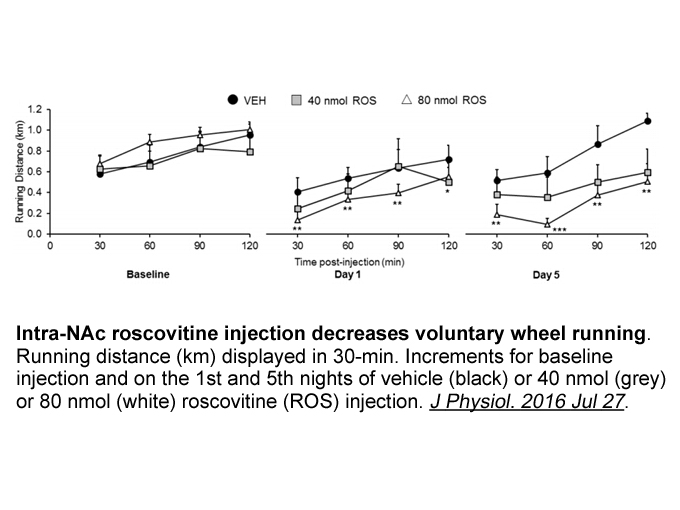
Subsequently, Palvimaki et al. (1999) corroborated Ni and Miledi's study by demonstrating that treatment with fluoxetine leads to 43% occupancy of the 5-HT2C receptors. Moreover, the affinity of fluoxetine for 5HT2C receptors (Ki 65 nM) is close to its affinity for 5-HT transporters (Ki 33 nM) (Ni a
-
Calpain Inhibitor XII mg The total IgG concentration decreas
2023-05-24
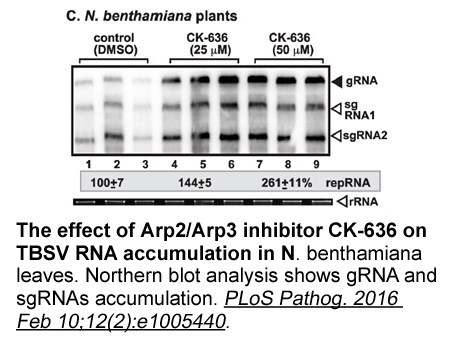
The total IgG concentration decreased from a mean of 997 mg/100 ml before treatment to a mean of 696 after treatment in the MuSK+MG patients, and from a mean of 1736 mg/100 ml to a mean of 802 mg/100 ml in the AChR+MG patients (normal values 723–1685 mg/100 ml). This decrement was also statistically
-
br Dihydrotestosterone in adult fish and frogs
2023-05-24
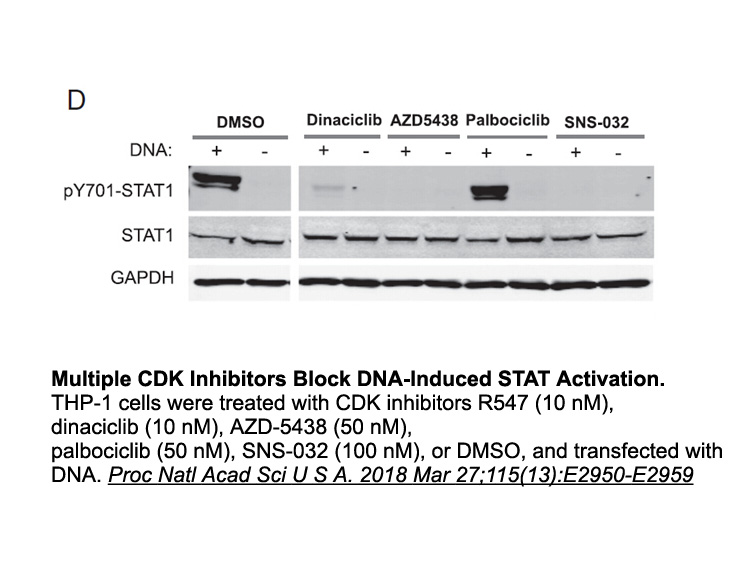
Dihydrotestosterone in adult fish and frogs New perspectives and next directions Similar to other androgens, DHT can modulate reproductive endpoints in both fish and amphibians. However, predicting the effects of DHT can be challenging, as reproductive homeostasis is dependent upon the balance
-
Several tertiary prevention studies are currently underway
2023-05-24
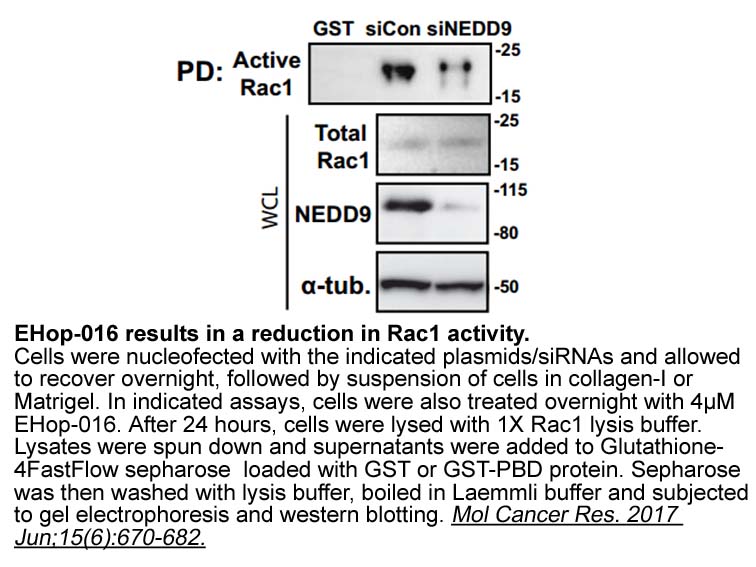
Several tertiary prevention studies are currently underway examining the use of dutasteride for prostate cancer treatment: (1) during expectant management of prostate cancer, (2) after radical prostatectomy in men at high risk for relapse, and (3) in men with metastatic disease. The Reduction by Dut
-
The link between HPV infection and
2023-05-24
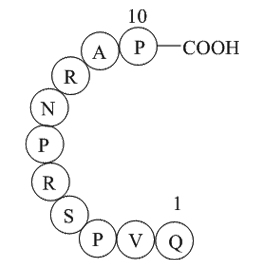
The link between HPV infection and neoplasia has been well established. HPV encodes two oncogenes (E6 and E7) that drive teniposide progression by controlling the functions of tumor suppressor proteins p53 and Rb [7]. HPV is associated with more than 99% of cervical CESC cases [8]. CESC remains a m
-
Another contributor for the G M arrest in A
2023-05-24

Another contributor for the G2/M arrest in A549 and H1299 cells might be p21WAF1/CIP1 which was up-regulated upon ovatodiolide treatment. p21WAF1/CIP1 is a common CDKs inhibitor which blocks NSC 66811 receptor G2/M phase progression in various types of cancer cells (Kim et al., 2015, Liberio et al.
-
The compounds containing beryllium act as strong Lewis acids
2023-05-24
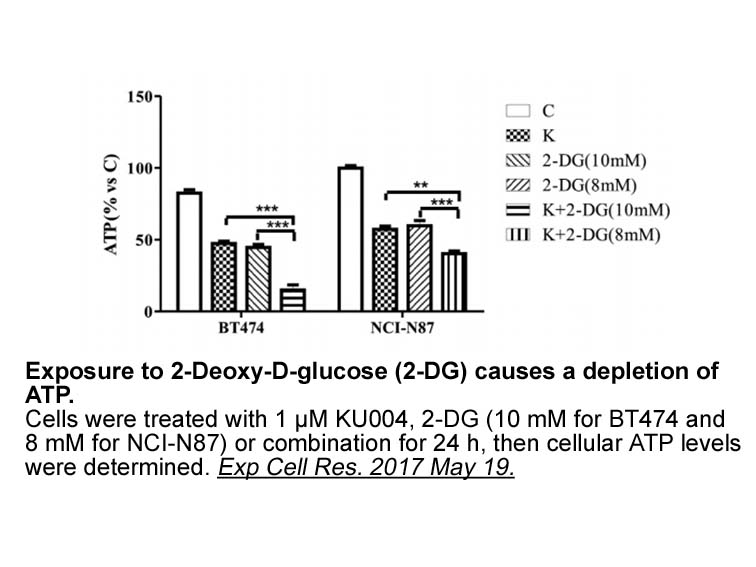
The compounds containing beryllium act as strong Lewis acids because of electron deficiency of the Be nm to lb []. Interactions of X-Be-Y compounds with different Lewis bases have been studied by Yanez and co-workers [], extensively. Recently, they proposed a class of extremely strong bidentate Be-
-
Since E was shown to
2023-05-23
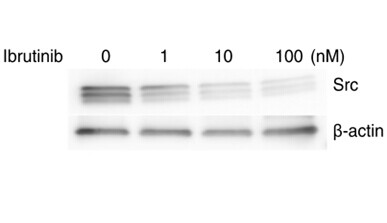
Since E2 was shown to affect the expression of Hsps, the transcript expression levels of another 11 Hsps were also evaluated by real-time PCR with their specific primers. The transcripts of 4 proteins (Hsp10, Hsp56, Hsp70a and Hsp110) were significantly up-regulated, but that of Hsp47 was significan
-
Introduction Glaucoma consists of a group of
2023-05-17
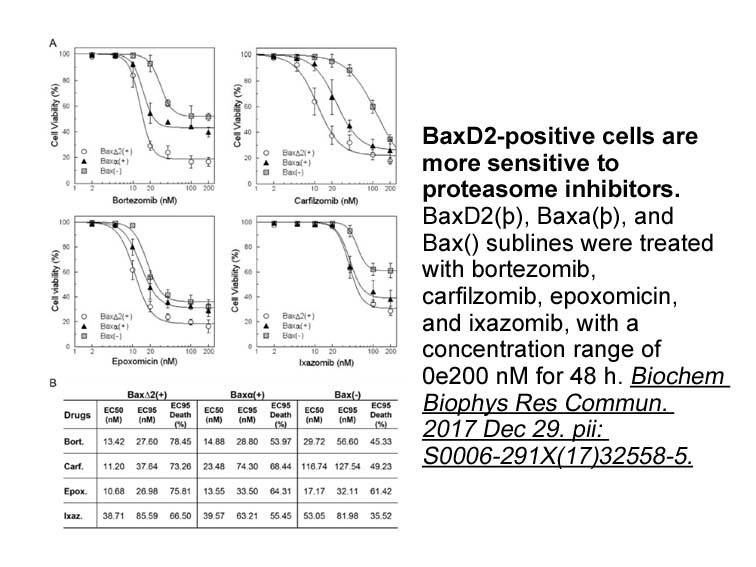
Introduction Glaucoma consists of a group of eye diseases showing a broad spectrum of clinical presentation and unknown aetiologies, that lead to a permanent loss of visual function due to the death of retinal ganglion D-erythro-Sphingosine (synthetic) and damage of the optical nerve. It is well a
-
In most industrial areas which are in need
2023-05-17
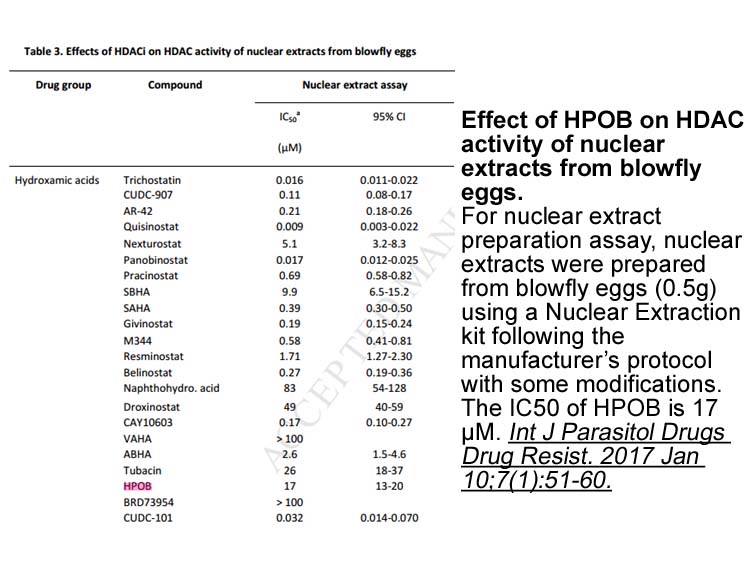
In most industrial areas which are in need of treatment, there are mixtures of different contaminants at different concentrations in soil, underground water or wastewater. These hazardous wastes include a variety of salts, organic matter, heavy metals, trace elements and radioactive compounds [5].Si
11103 records 9/741 page Previous Next First page 上5页 678910 下5页 Last page